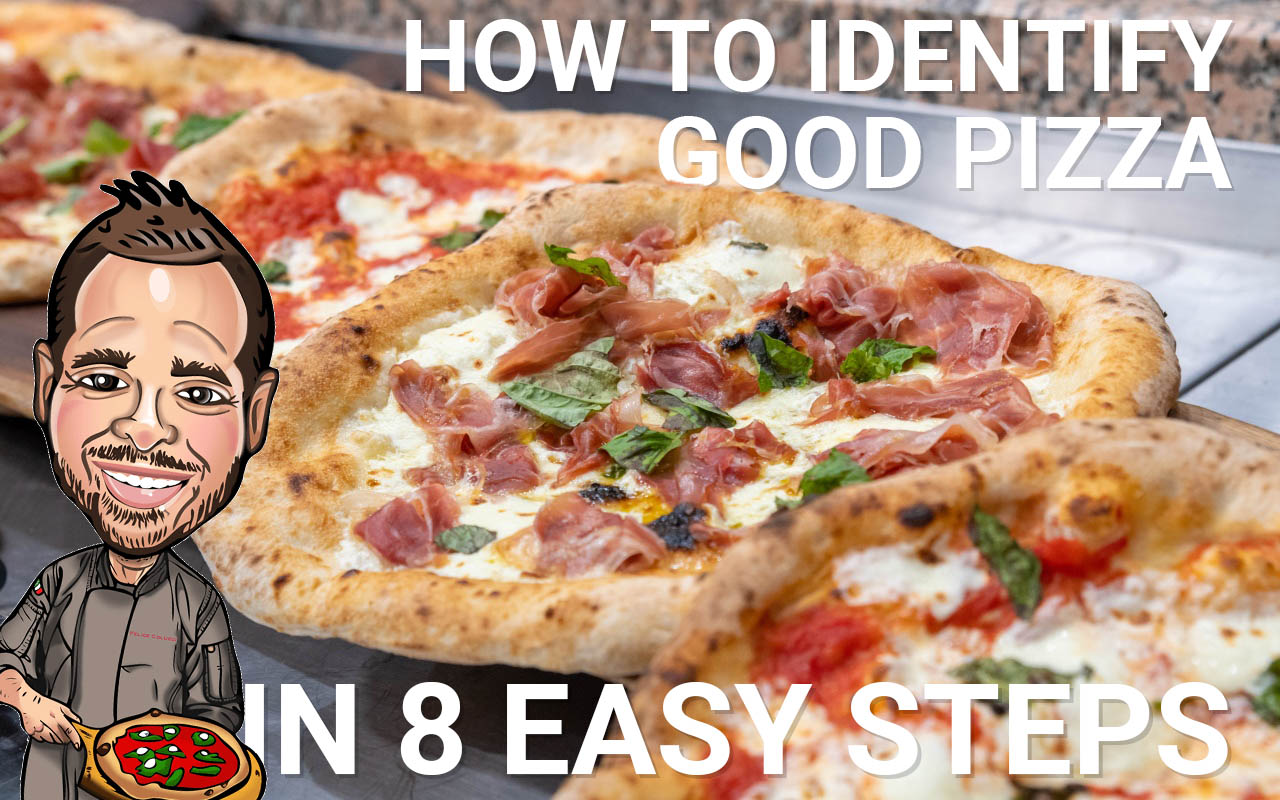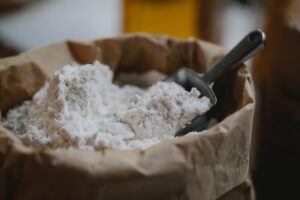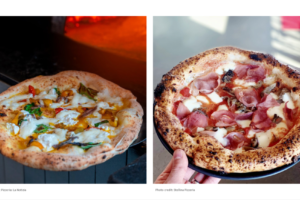How to Identify Good Pizza in 8 Easy Steps
People often ask us what they should look for in a good pizza. When we host events such as the US Pizza Cup, being able to define various features of a proper slice is extremely important. In honor of National Pizza Month, we sat down with our Culinary Director, Pizzaiolo/Chef and longtime artisan baker Felice Colucci to give us his strategy for selecting the best pizza possible. This is what he had to say. When you first look at the pizza – it is important to notice:
Crust and border– First look at the crust and the border of the pizza. If it contains a lot of air – it will be light, crisp and good. If it is full of dough and heavy, however, it means that the pizza has not been leavened properly.
Balance – the ratio of tomato and mozzarella, or toppings on the pizza in general, is very important. The toppings should complement the base of the pizza. The dough is not just a blank canvas…it is the foundation of the pizza. If it is not good, there is no topping that can redeem it. The toppings should enhance the base and harmonize perfectly with it – without taking over the show. Too many toppings on a pizza are not a good thing.
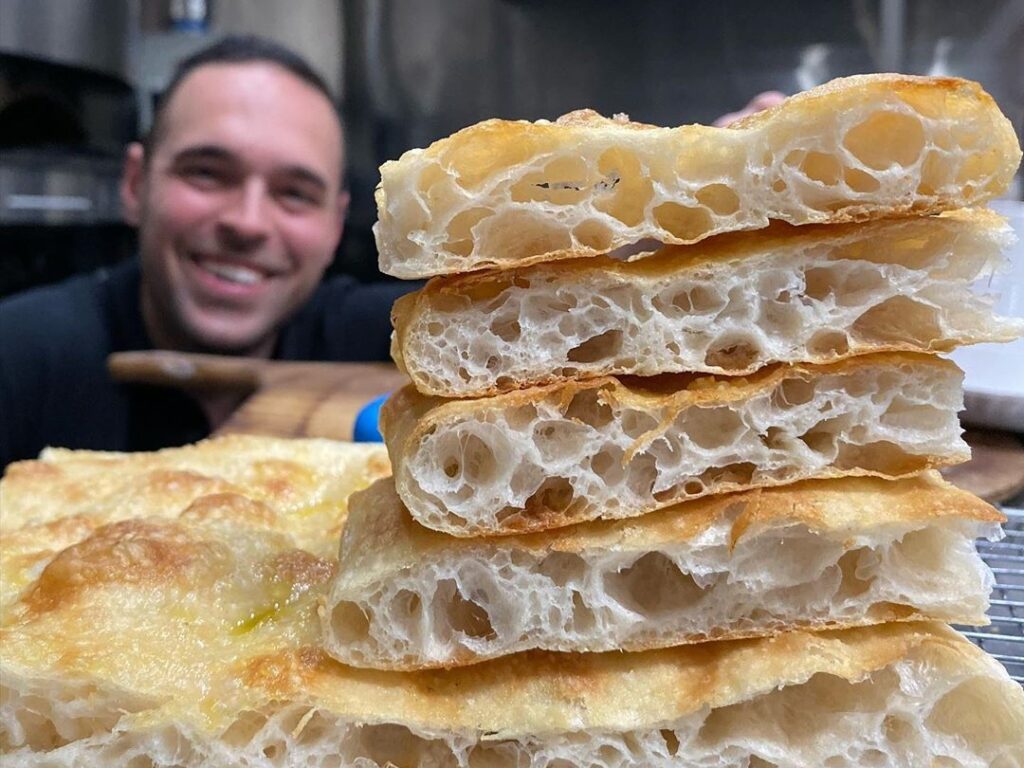
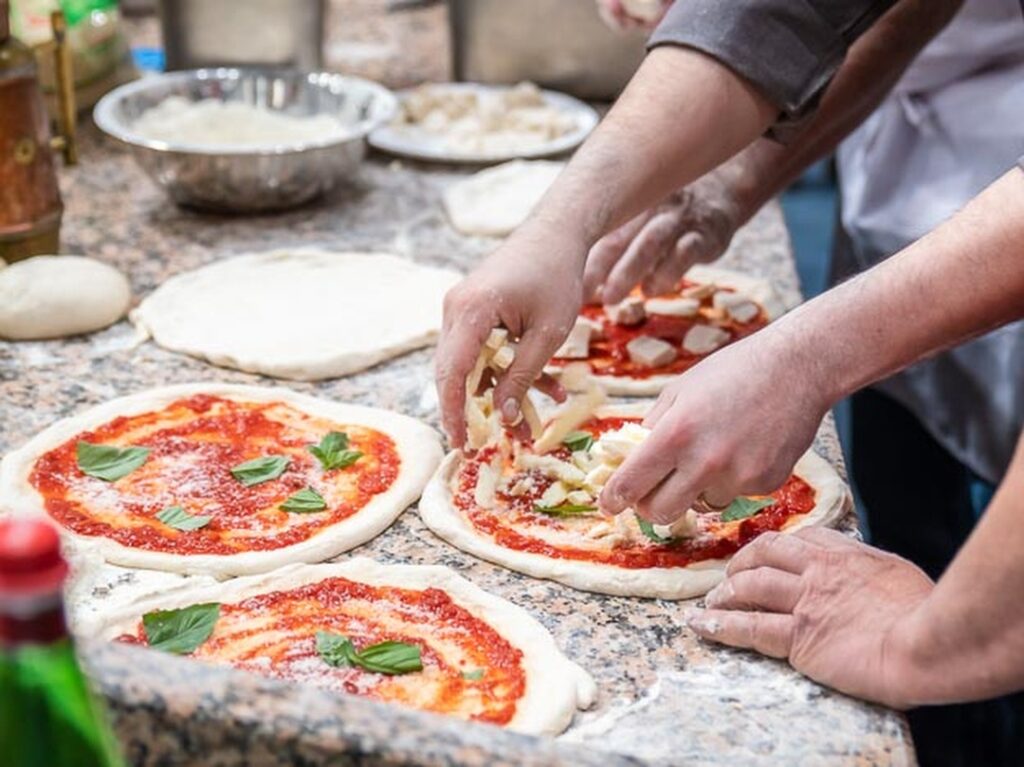
Don’t overcook the cheese! You can tell whether the mozzarella is burnt and when it is not. Good pizzas do not have burnt cheese on top.
Avoid greasy mozzarella! Pizza that is covered with orange grease happens because the tomato mix with cheese – it is a sign of an imbalance of ingredients. The mozzarella should be just enough to lightly cover most of the pizza without mixing with the sauce – and vice versa.
The color of tomatoes – Tomato toppings have to be a bright red which symbolizes freshness. If the tomato sauce becomes dark, it will have too many conflicting flavors because it has already been cooked. Authentic Neapolitan-style pizza is never topped with cooked sauce.
When you go to eat pizza – this is what you should look for:
- The cottura – has it been cooked evenly? If it is cooked through that is great. But, if it is white – if the pizzaiolo used a lot of flour under the pizza, It becomes yellow and it burns underneath – those are signs of an undercooked pizza.
- Basil – if it is Neapolitan and cooks in 90 seconds, you can put the basil on prior to cooking the pizza and it will remain moist – but if not it has to be put on after. Basil should taste fresh and bright when pizza is cooked properly. If it is burned, it won’t taste good. If the pizza is cooked New York style with lower, longer cooking temperatures, the basil may still burn – so it is better to add it afterward.
- The amount of oil – The amount of olive oil used to top a pizza depends on the toppings. If you make a light pizza you can put oil, but if you already have oil in the meat, you can’t put more oil – it will be too greasy.
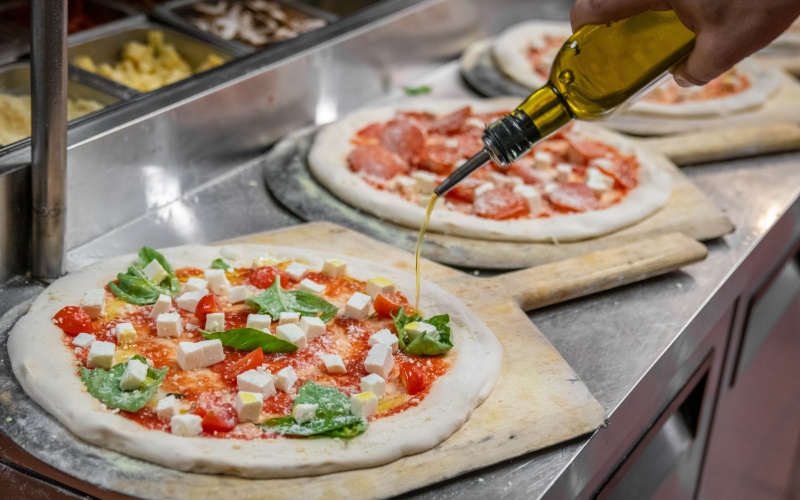
Contact us here to discuss classes with Culinary Director Felice Colucci.
